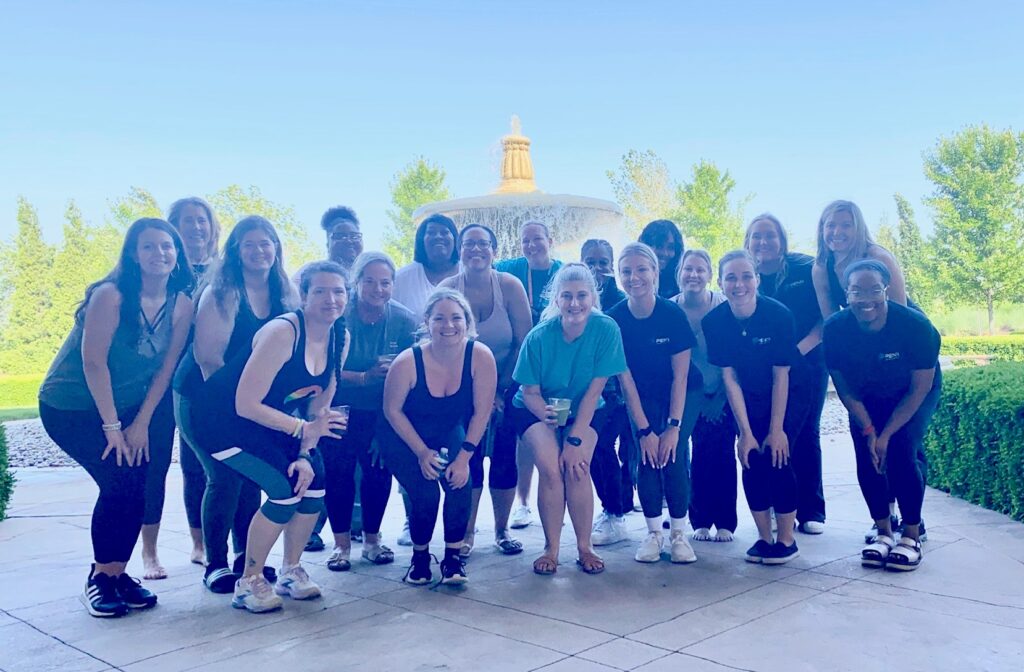
Yoga’s popularity has grown tremendously in the 21st century. It has transformed from an ancient spiritual practice into a diverse, global phenomenon intertwined with modern wellness, fitness, and lifestyle. It has successfully entered corporate offices and major Fortune 500 companies. Here’s a look at yoga’s popularity in the 21st century:
Yoga as a Global Phenomenon
Yoga’s Popularity: Yoga is now widely practiced in studios, gyms, schools, and homes worldwide. What was once a niche practice has become mainstream, especially in the West, where millions do yoga daily.
International Yoga Day: Celebrated annually on June 21, International Yoga Day highlights yoga’s universal appeal. It also shows its power to promote mental and physical health globally.
Technology and Accessibility
Online Classes and Apps: The rise of digital platforms has transformed yoga accessibility. Apps, streaming services, and YouTube channels make it easy for people to practice yoga at home. This shift grew significantly during the COVID-19 pandemic when in-person classes became limited.
Virtual Communities: Social media platforms like Instagram and Facebook have created virtual yoga communities. People share their practice, post instructional videos, and participate in classes with instructors worldwide.
Diversification of Styles and Approaches
Fusion Yoga: Modern yoga is no longer limited to traditional styles. Fusion styles blend yoga with Pilates, strength training and other forms of fitness. These are perfect for diverse interests and fitness goals.
Focus on Wellness: Yoga has physical fitness benefits. Thus, there is a renewed focus on mental health, mindfulness, and emotional well-being. Styles like Yin Yoga and Restorative Yoga emphasize slower, mindful practice, appealing to those seeking stress relief and relaxation.
Therapeutic Yoga: Yoga therapy, tailored to manage specific health conditions, has gained traction. Hospitals, clinics, and wellness centers increasingly use yoga for its benefits in pain management, mental health care, and rehabilitation.
Mindfulness and Meditation Boom
Yoga’s focus on mindfulness aligns closely with the modern movement toward meditation and mental health awareness. As a result, techniques for breathing (pranayama) and meditation have become popular. This is true for yoga teachers and in the workplace, schools, and even therapy practices. Meditation and mindfulness apps, like Headspace and Calm, often incorporate yoga principles, reflecting yoga’s impact beyond physical movement.
Sustainability and Ethical Awareness
Eco-Friendly Practices: Yoga brands and practitioners have increased awareness of eco-friendly products, like biodegradable mats and sustainable clothing. This reflects a broader awareness within the community toward ethical and sustainable lifestyles.
Social Justice and Inclusivity: Yoga has also been part of social movements, with a push toward inclusivity, confidence, and accessibility. This includes efforts to make yoga spaces welcoming for people of all ages, body types, and backgrounds.
Cultural Appropriation and Authenticity Debates
The global popularity of yoga has sparked discussions about cultural appropriation and authenticity, especially concerning Western adaptations. However, critics argue that yoga’s commercialization in the West often ignores or misrepresents its spiritual roots.
In response, many practitioners and organizations emphasize education about yoga’s origins and encourage respect for its cultural heritage.
Research and Health Benefits
Research has validated yoga’s benefits for physical and mental health. It helps to reduce anxiety and depression, along with improving cardiovascular health and flexibility. Yoga is now widely recommended in medical and therapeutic settings as part of a holistic health approach.
This scientific endorsement has helped legitimize yoga, leading to its incorporation into health policies and wellness programs.
Future of Yoga in a Changing World
As technology and global connectivity grow, yoga is becoming more personalized and accessible. Innovations in virtual reality, for example, could eventually offer immersive yoga experiences, connecting people worldwide in new ways.
With a growing emphasis on well-being, yoga’s holistic approach is a valuable resource for taking charge of life’s challenges.
Wrap Up
In the 21st century, yoga has transcended its origins, creating a bridge between ancient wisdom and modern wellness. It continues to evolve, influencing physical health, mental well-being, and cultural dialogue across the globe. This era of yoga is about embracing the past. It also is adapting to the present, shaping a practice that’s deeply personal and universally accessible.

